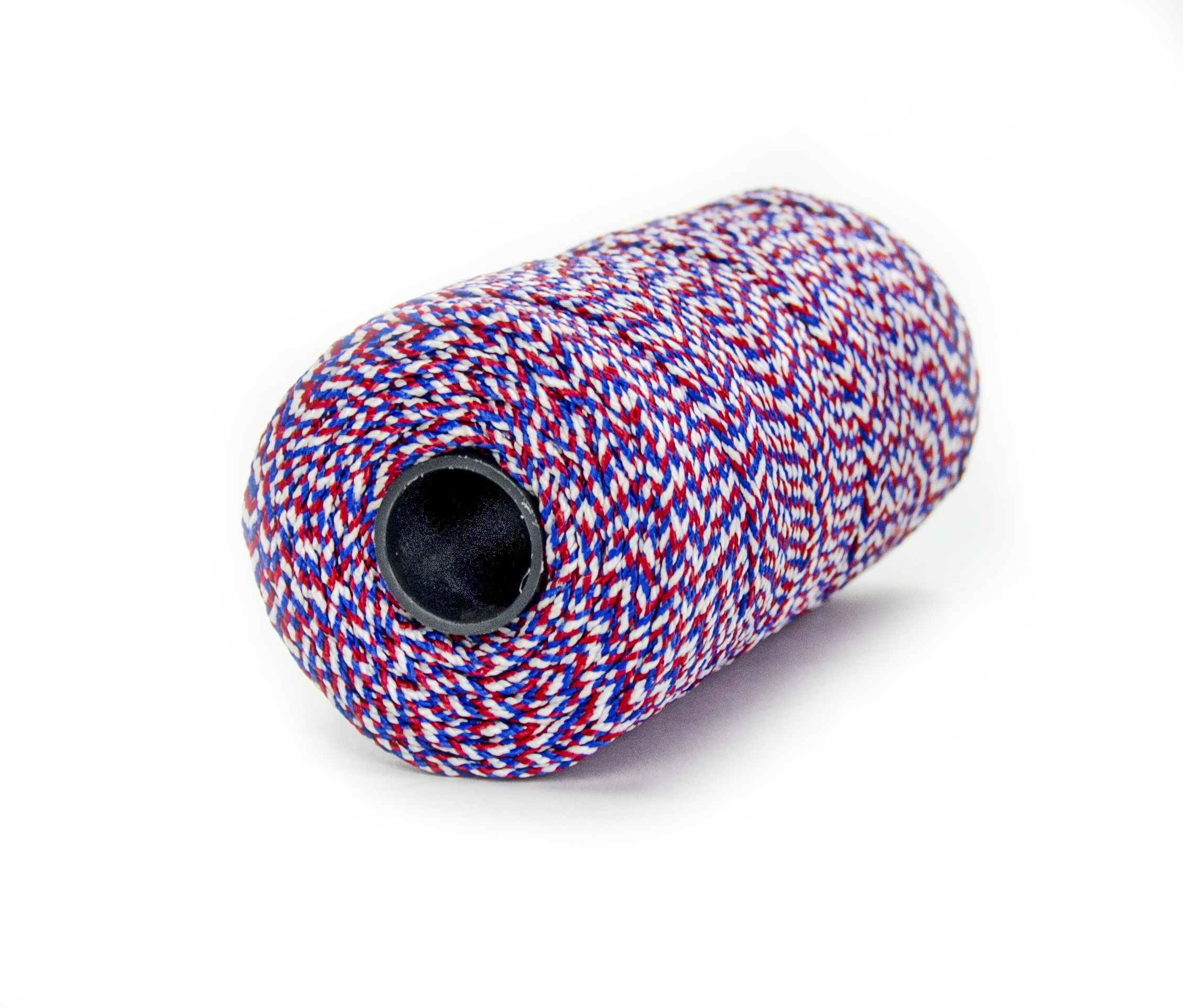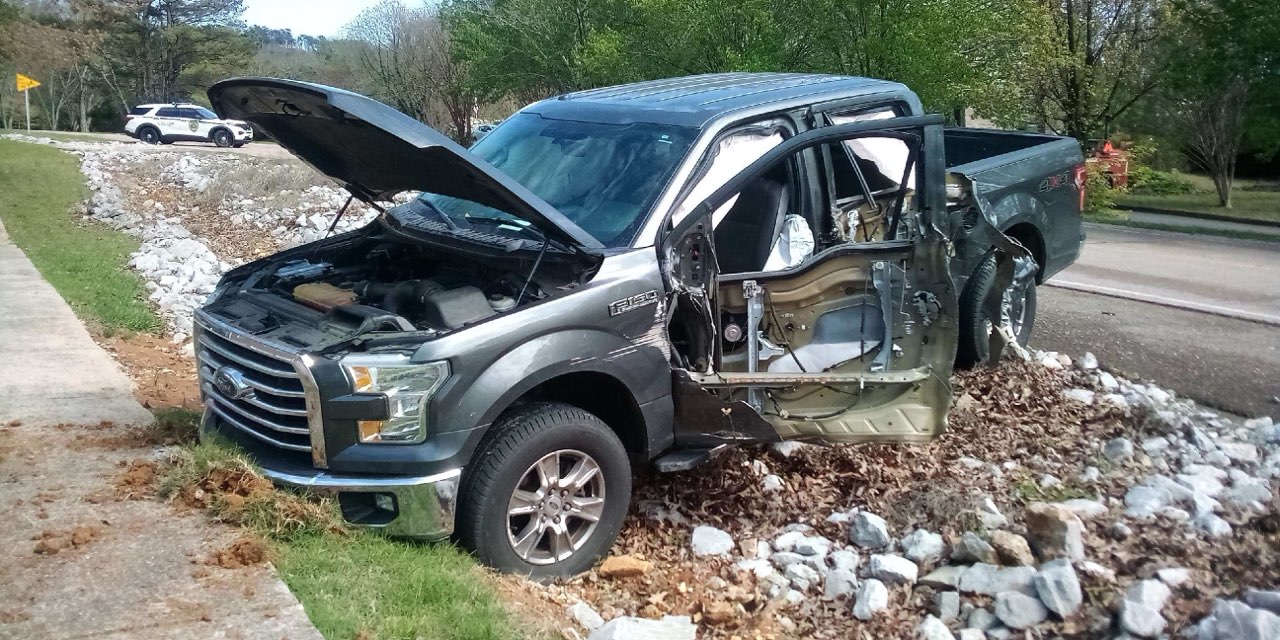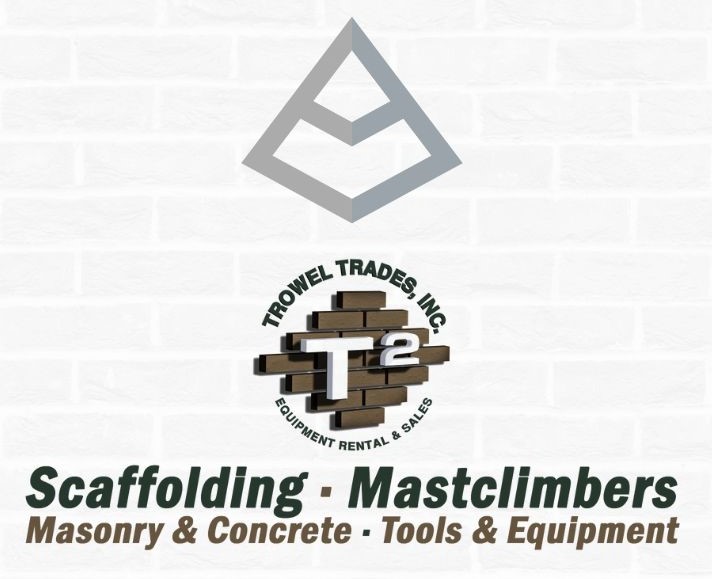
FREE SHIPPING ON
ALL QUALIFYING ORDERS

The use of string or braided line while laying brick is an essential part of the construction process, as it helps ensure that the wall is level and straight. String has been used in bricklaying for thousands of years, and its history is closely intertwined with the development of brick as a building material.
The first bricks were made by hand in ancient civilizations such as Mesopotamia and Egypt, around 5000 years ago. These early bricks were made from mud, clay, and straw, and were dried in the sun. The use of brick as a building material spread rapidly throughout the ancient world, with the Greeks and Romans both making significant contributions to its development.
As brickmaking techniques evolved, so too did the tools and techniques used to lay bricks. One of the most important of these was the use of string. The first known depiction of string being used in bricklaying is in a 14th-century fresco by Italian artist Tommaso da Modena, which shows a group of workers using a string line to lay bricks in a straight line.
String lines were used primarily to ensure that the wall was level and straight. To use a string line, builders would first lay a course of bricks, then stretch a taut string between two stakes at either end of the wall. They would then use the string line as a guide to lay the next course of bricks, ensuring that each brick was level with the ones next to it.
Over time, the use of string in bricklaying became more sophisticated. Builders began to use plumb bobs to ensure that the string line was perfectly vertical, and they developed special tools, such as the brick hammer and the trowel, to make laying bricks more efficient.
In the 19th century, the invention of the level and the spirit level further revolutionized the use of string in bricklaying. Builders could now use these tools to ensure that not only was the wall level, but also that it was perfectly horizontal. This helped to create buildings that were not only straight and level, but also aesthetically pleasing.
Today, string is still an essential tool in bricklaying. Modern builders use a variety of different types of string, including nylon, polyester, and cotton, depending on the specific needs of the job. They also use a wide range of other tools and techniques, such as laser levels and computer-aided design software, to ensure that their work is precise and efficient.
In conclusion, the history of using string in bricklaying is a long and fascinating one, dating back thousands of years. From the ancient civilizations of Mesopotamia and Egypt to the modern construction sites of today, string has been an essential tool in the construction of some of the world’s most impressive buildings. Its legacy continues today, as builders around the world continue to use string to ensure that their work is accurate, efficient, and aesthetically pleasing.





No spam, notifications only about products and updates.

Having dealt with MK Diamond Products and the Delahauts since the mid 1990’s it is sad to hear the news that they have closed their

I’ve told my wife and daughter to never follow a mortar mixer down the interstate. For over 30 years we have sold, rented, and repaired

This question is one of the most frequent mixer related questions our rental staff are asked. Our contractor customers know the importance of using the right tools for the job.

Trowel Trades, a company that specializes in equipment rental, tool retail, repair services, scaffolding and mast climber access solutions, enters the Silver Tier of the Masonry Alliance Program.
Your email was submitted successfully.
YOUR 10% COUPON CODE IS WELCOME10
Category Exclusions:
Arbortech Brick and Mortar Saw, Compaction, Concrete Mixers, Concrete Walk Behind Saws, Drop Hammers, Grout Hogs, iQ Power Tools, Masonry Block Saws, Masonry Brick Saws, Mast Climbers, Mortar Mixers, Mud Buggy, Saws, Scaffold, Self Dumping Hoppers, Shoring, and Stihl